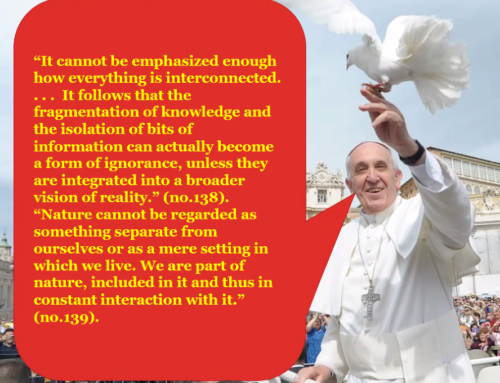The nightmares began when Ryan Hammons was 4 years old. He would wake up clutching his chest, telling his mother Cyndi that he couldn’t breathe and that his heart had exploded in Hollywood. But they didn’t live in Los Angeles; Hammons’s family resided in Oklahoma.
A few months prior, in early 2009, Ryan had started talking about going home to Hollywood and pleaded with Cyndi to take him to see his other family. He would yell, “Action!” and pretend to direct films when he played with friends; he knew scenes from a cowboy movie he had never watched; and said a cafe reminded him of Paris, where he had never been. He talked about his child, worldly travels, and his job at an agency where people changed their names. Cyndi didn’t think much of it until the nightmares set in and Ryan started describing death.
Hoping to figure out what he was talking about, Cyndi went to the public library and checked out a few books about Hollywood. She was flipping through one of them when Ryan got excited at a photo from the 1932 movie Night After Night. “Hey Mama, that’s George. We did a picture together,” he told her. “And Mama, that guy’s me. I found me.” George, Cyndi discovered, was George Raft, an actor and dancer who specialized in gangster films in the 1930s and 1940s. She couldn’t track down the name of the man Ryan had identified as himself.
Cyndi had never encountered anything like this before. She was a county clerk deputy who’d been raised in the Baptist church. Her husband, Kevin, was a Muskagee police officer and the son of a Church of Christ minister. She considered them to be fairly ordinary people, but she was starting to wonder if Ryan wasn’t so ordinary. Cyndi contemplated the possibility that this could be a case of reincarnation.
Cyndi contemplated the possibility that this could be a case of reincarnation.
Though she could have looked to one of the religions that hold a belief in reincarnation, such as Hinduism or Buddhism, instead, Cyndi turned to science. In February 2010, she wrote a letter to the Division of Perceptual Studies in the psychiatry and neurobehavioral department at the University of Virginia School of Medicine. Within weeks, they wrote back; Ryan was far from alone in having memories of a past life.
The roots of the Division of Perceptual Studies stretch back to the 1920s, when Dr. Ian Stevenson was growing up in Canada. A sickly child, he contracted bronchitis numerous times and spent hours in bed, devouring his mother’s extensive collection of books on Eastern religions. It was in those pages that he was first exposed to reports of paranormal phenomena. He claimed to possess an unusually good memory and earned his medical degree at McGill University in 1943, before moving to Arizona. He briefly studied biochemistry before moving to psychosomatic medicine, in search of “something closer to the whole human being” than what he had found in biochemistry. From there, he trained in psychiatry and psychoanalysis.

